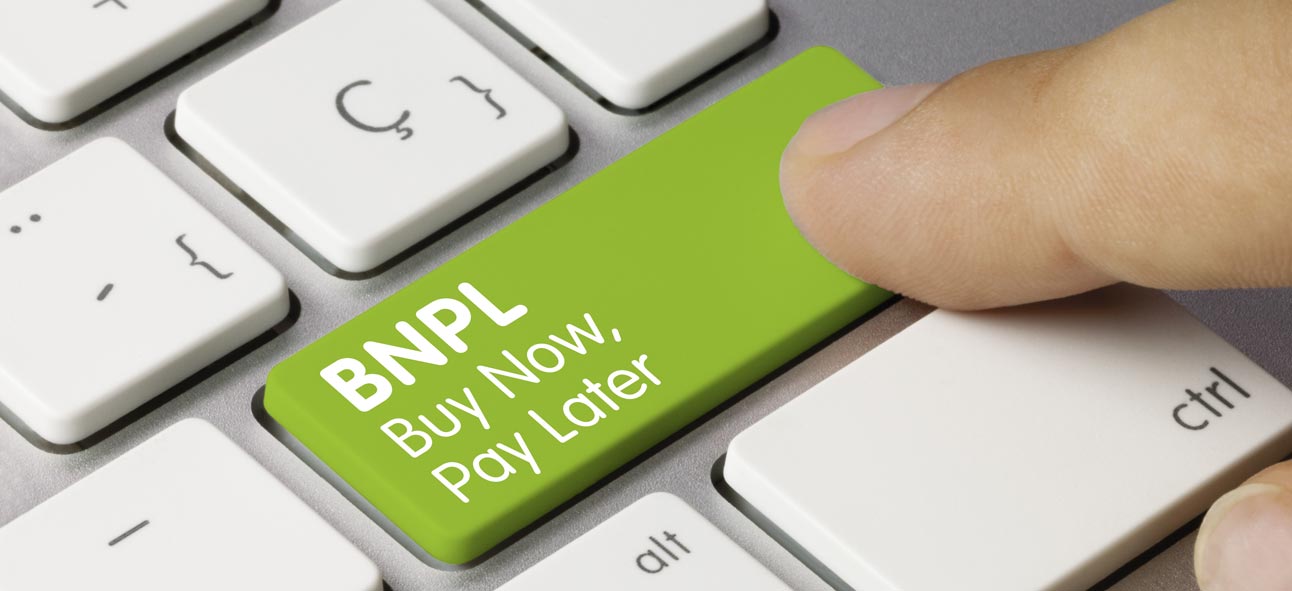Category: Payments
As a business owner, you know how on-time payments make a difference in the growth of a business. Everyone appreciates a timely payment. Want to pay your suppliers and staff on time? Don’t want to rely on checks? Then push payments are the answer for you. Learn how they speed up your business payments.
High-value payments carry various risks. In global trade, protecting yourselves from risks and securing payments when cross-border transactions are involved is necessary. Learn how escrow accounts can help you make such payments securely and with 100% guarantees.
Financial institutions, such as banks, exchange electronic payment data using a message framework. The latest messaging standard for high-value online payments is here. The new standard will come into effect in Europe from November 2022 to replace earlier standards. Learn how it makes international payments faster and more secure.
Two in three Europeans prefer contactless payments when it comes to online shopping. Mobile shoppers will double in Europe’s top 5 e-commerce markets in the next five years. Apple Pay is a fast, secure, and easy way to accept online mobile payments and increase your sales. Learn what merchants need to do to start accepting Apple Pay in Europe.
How can a charity ensure secure payment processing? We spoke to Jürgen Imm, head of the IT management department, about his experiences. In an interview, the experienced IT specialist explains how Caritas uses Novalnet services to process donations and what requirements a full-service payment provider should fulfil. Caritas Association: Help for people in need You […]
Cross-border commerce in Europe is booming, and merchants have to use the right approach to overcome challenges and boost growth in global markets. On the other hand, cross-border e-commerce has its own challenges. Here are some tips to overcome these challenges caused by cross-border payments.
Alternative payments are changing the way consumers engage with credit-related products in Europe. Merchants have to explore open banking payments. Newer forms of payment are changing the way consumers engage with credit-related products in Europe. Merchants have to explore open banking payments to get the most out of this trend.
Payment routing is a vital part of the payment system. It is the process by which a merchant’s payment gateway sends customer payment data to an acquiring bank. Intelligent Payment Routing can help e-commerce merchants in Europe avoid payment declines and maximize their payment success rates in cross-border payments Learn how to use it for your business.
Customers today expect brands to protect their data while offering the best user experience. Merchants have to adopt AI-based tools to strike the right balance to deter fraud without turning away loyal customers. Here are a few tips on how to approach the privacy, data fraud, and customer experience equation
Payment experience and brand loyalty are closely linked. Seamless payments can make a big difference to brands that want to stay relevant in these post-COVID times. Read more on the 5 rules of engagement to design a payment experience that boosts customer loyalty. Also, learn why customer loyalty is important.
Card-issuing banks follow a strict process when authenticating payments to ensure all parties are safe from fraud. But this process is often complex and long-winded and causes a lot of friction. In its latest avatar, 3D Secure protocol aims to change the way we make e-commerce payments. But is it what it promises, and why should merchants in Europe use it?
Delegated authentication is an option that merchants should look at to make checkouts faster and reduce friction for customers. After all, no one wants unhappy customers. As e-commerce booms, balancing SCA with the best customer experience remains paramount for merchants in Europe. Learn how SCA works and how it impacts Customer Experience.




















